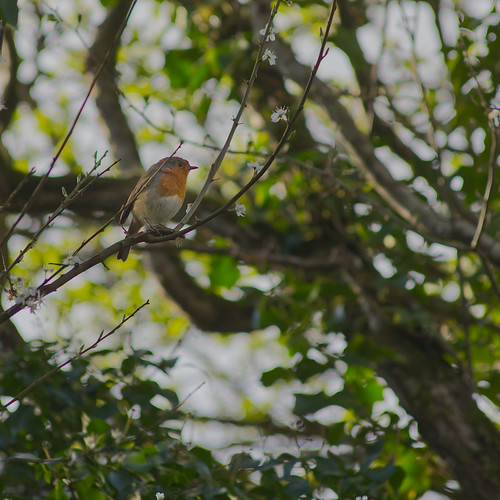Some years ago I reviewed this lens by adapting it to the Micro Four Thirds system. I was having fun today, so thought I'd remind my readers of this amazing lens, while sharing photos taken on a full-frame system.

Before proceeding, it's important that you don't confuse the "Vivitar 135mm f/2.8 Auto Telephoto Close Focusing" lens under discussion with the "Vivitar Auto Telephoto 135mm 1:2.8". There are two obvious differences: the inclusion of "Close Focusing" in the name and the filter size: 62mm versus 55mm. As I write there are numerous copies of the second lens available for sale quite inexpensively. Indeed, some are mislabelled as "close focusing". But there is not one copy of the close focusing version available on the internet. It's a rare bird, and worth discussing.
The Vivitar 135mm CF was manufactured by respected Japanese lens firm Komine between 1975-81. It is a solid piece of metal and glass with the unsurpassed build quality that is typical of that period. The rubber knurled focus area is wide and easy to use. The lens weighs 425g and is 86mm in length, but extends to 158mm at close distances. I'd recommend a tripod for close focus work, though all the shots here were taken handheld.
The filter thread is 62mm and the front multicoated element does not rotate.
The aperture is marked at 2.8, 4, 5.6, 8, 11, 16, and 22. There are half-click steps between each of these stops except for the last interval. It's easily to count clicks without looking at the lens. The iris has 8 blades and produces beautiful bokeh. Of course that's down to the focal length as much as anything. At 135mm and high magnification of the subject, almost anything behind the focal plane will be out of focus. Foliage presents a torture test (see image below).
The optics includes only 4 elements in 4 groups. This is the Ernostar design developed by Ludwig Bertele way back in 1923! Add one more element and you get a classic Sonnar design, as this article explains. There is something so pure in knowing only four glass elements lie between you and your subject. At longer focal lengths such as this, you need nothing more for excellent optics. Though the design issues get more complex as the angle of view widens. The more that light must be bent before entering the camera, the more difficult the optical solution.
The helicoid has a long throw. One full revolution of the focus ring takes us from infinity focus to 1:3 magnification, this number clearly marked on the barrel behind the grip. Another half-turn takes us to the maximum magnification of 1:2. This gives us plenty of control in the near-macro range where we most need it. We can commend Vivitar on labelling this ability "close focus" and not "macro", since technically the latter requires 1:1 magnification. Most contemporary manufacturers cheat this definition.
The closest focus distance is 59cm, which gives us a good distance between the front of the lens hood and our subject. This prevents the lens from casting a shadow on our subject, a problem with macro lenses in shorter focal lengths.
The lens was available in several mounts including Canon FD, Nikon AI, Minolta MD, Pentax K, and M42. I have the latter. An inexpensive L-mount adapter allowed use on my Panasonic Lumix S5.
As mentioned, the photos here were shot handheld. I used either f/4 or f/8. Though the lens is also sharp wide open, I find the DOF too shallow to be convenient.
I fitted a Nikon HN-23 hood to prevent flare.
All the photos are processed, not straight out of the camera. My intent was to demonstrate real-world use, not conduct a formal test.
You can check out the original 2013 article (in two parts) which includes plenty of sample images taken using the Olympus PEN E-PL2. On that camera this lens acts effectively like a 270mm lens, and so is even more incredible!
Back when I was first considering a 135mm lens for my Pentax camera I checked out the available offerings and realised that the close focus distance (around 1.5m) would be frustrating for my style of photography, which was often detail-oriented. Some nice alternatives to this lens are described in my previous article.
But my favourite is the Vivitar 135mm f/2.8 Auto Telephoto Close Focusing.


1 comment:
Great article. I have this very lens in m42 mount. I bought it for $5. And it works flawlessly. Intention eBay, but rather, on a discount shelf at a camera repair shop.
Post a Comment